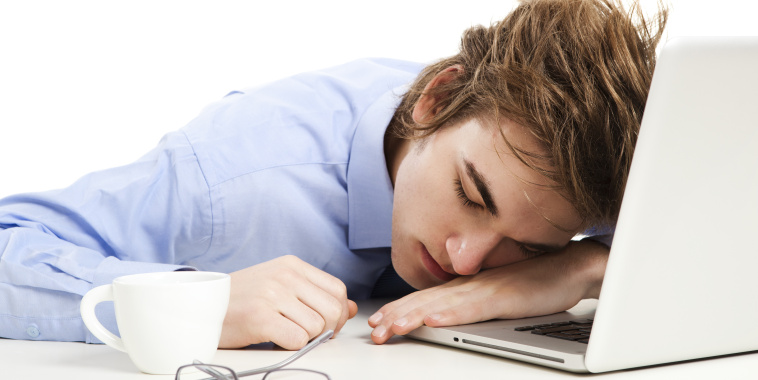If you are considering for a way to relax or sleep deprived, you may be thinking about getting a nap. However, napping at the wrong time or far way too long can backfire. So, know how to obtain the most out of taking a nap.
What are the benefits of taking a nap?
Taking a nap provides many benefits for healthy adults, like:
- Relaxation
- Reducing fatigue
- Increasing alertness
- Improving your mood
- Helps improve performance, which includes having a quicker reaction time, improved memory, reduce confusion, and fewer accidents and mistakes
What are the downsides of napping?
Napping is not for everybody. Some individuals have trouble with falling asleep in places other than their very own beds, and other people just can snooze during daytime. Taking a nap may also have bad effects, like:
- Sleep inertia. You may feel shaky and confused after waking from a nap.
- Nighttime sleep problems. Taking short naps usually does not upset the quality of nighttime sleep for many people. But, if you experience poor sleep quality or insomnia during nighttime, taking a nap may exacerbate these problems. And long naps may obstruct with nightly sleep.
When should I consider taking a nap?
You may think of taking a nap if you:
- Experience unexpected drowsiness or new fatigue
- Are nearly experiencing sleep loss, for instance, because of a long work shift
- Want to make scheduled naps as a part of your daily routine
Can a sudden increased need for taking naps point out to a health problem?
If you are feeling an increased need to take naps and there is no apparent cause of new distress in your life, consult your physician. You may have a sleeping condition or another health problem that’s disturbing you nightly sleep.
What’s the finest way to take a nap?
To get the best out of a nap, simply follow these easy tips:
- Keep naps short. Take a nap for only 10-30 minutes. The longer you take a nap; you may probably feel groggy after the nap.
- Take naps in the afternoon. The optimum time to take a nap is typically during midafternoon, that is around 2-3 p.m. For this is the time of the day that you may feel post-lunch drowsiness or low levels of alertness. Moreover, if you take a nap during this time, it is less likely to disrupt with your sleep during the night. Always remember that individual factors – like your need for sleep and your schedule for sleep – may play a role in defining the best time of the day to take a nap.
- Create a restful environment. Take a nap in a peaceful, dark place with a comfy room temperature and minimal distractions.
After taking a nap, make sure to give yourself enough time to wake up right before you resume with your activities – especially activities that entail having a quick or sharp response.







